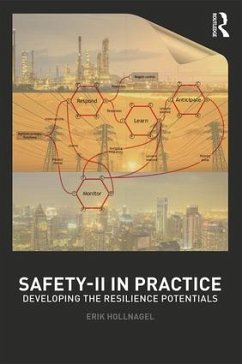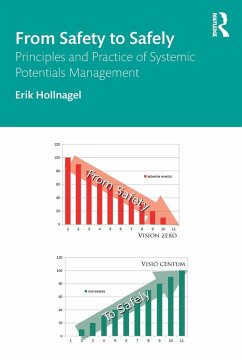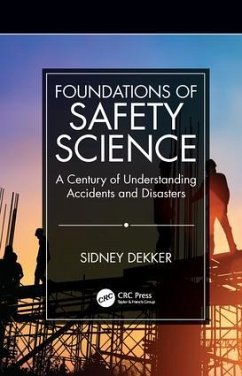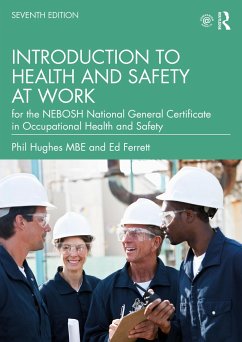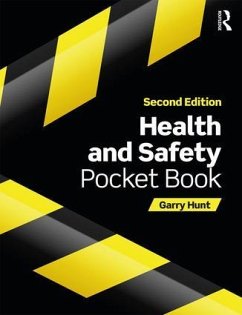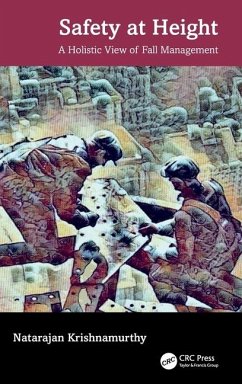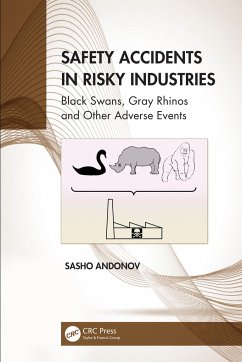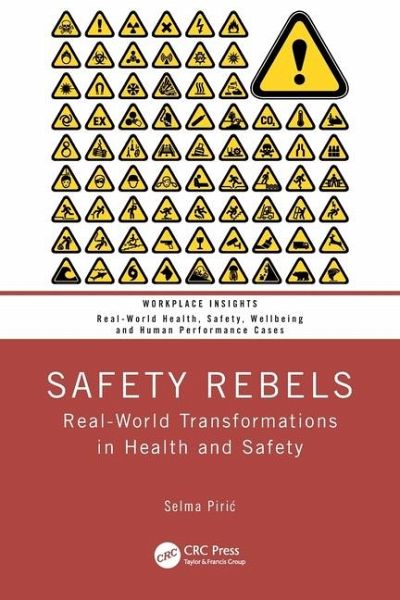
Safety Rebels
Real-World Transformations in Health and Safety
Versandkostenfrei!
Versandfertig in 6-10 Tagen
50,99 €
inkl. MwSt.

PAYBACK Punkte
25 °P sammeln!
Safety Rebels: Real-World Transformations in Health and Safety discusses the pragmatic experiences of over 30 safety professionals worldwide who managed to positively transform safety within their organizations. This book details the approaches taken while considering the politics and dynamics within each organization, including resistance to change, deteriorating safety statistics, increased number of procedures for operational personnel, high turnover, and budget restrictions.Professionals from the world of aerospace, healthcare, energy, oil, rail, and public services share their experiences...
Safety Rebels: Real-World Transformations in Health and Safety discusses the pragmatic experiences of over 30 safety professionals worldwide who managed to positively transform safety within their organizations. This book details the approaches taken while considering the politics and dynamics within each organization, including resistance to change, deteriorating safety statistics, increased number of procedures for operational personnel, high turnover, and budget restrictions.
Professionals from the world of aerospace, healthcare, energy, oil, rail, and public services share their experiences of positive safety change, revealing transformations in different contexts. This book explains key safety principles, theories, and shared models. It reveals how the professionals applied state-of-the-art knowledge, Safety-II, FRAM, incident data, and artificial intelligence into their organization to prevent personnel from working in a silo. It includes relevant safety and multidisciplinary theories, from Heinrich's incident model to resilience engineering, as well as aspects of change management and human organizational performance (HOP). These theories offer the reader a framework to try something new, and this book will inspire them to try contemporary strategies and tactics to approach safety challenges within any organization.
This timely and easy-to-read book will appeal to professionals in the field of health and safety. It will have particular appeal to those working in Industrial Engineering, Aerospace Engineering, Nuclear Engineering, Mechanical Engineering, Civil Engineering, Chemical Engineering, Biomedical Engineering, and Electrical Engineering.
Professionals from the world of aerospace, healthcare, energy, oil, rail, and public services share their experiences of positive safety change, revealing transformations in different contexts. This book explains key safety principles, theories, and shared models. It reveals how the professionals applied state-of-the-art knowledge, Safety-II, FRAM, incident data, and artificial intelligence into their organization to prevent personnel from working in a silo. It includes relevant safety and multidisciplinary theories, from Heinrich's incident model to resilience engineering, as well as aspects of change management and human organizational performance (HOP). These theories offer the reader a framework to try something new, and this book will inspire them to try contemporary strategies and tactics to approach safety challenges within any organization.
This timely and easy-to-read book will appeal to professionals in the field of health and safety. It will have particular appeal to those working in Industrial Engineering, Aerospace Engineering, Nuclear Engineering, Mechanical Engineering, Civil Engineering, Chemical Engineering, Biomedical Engineering, and Electrical Engineering.





